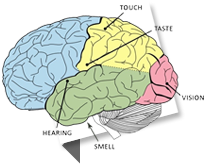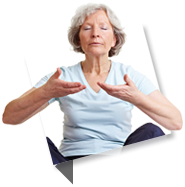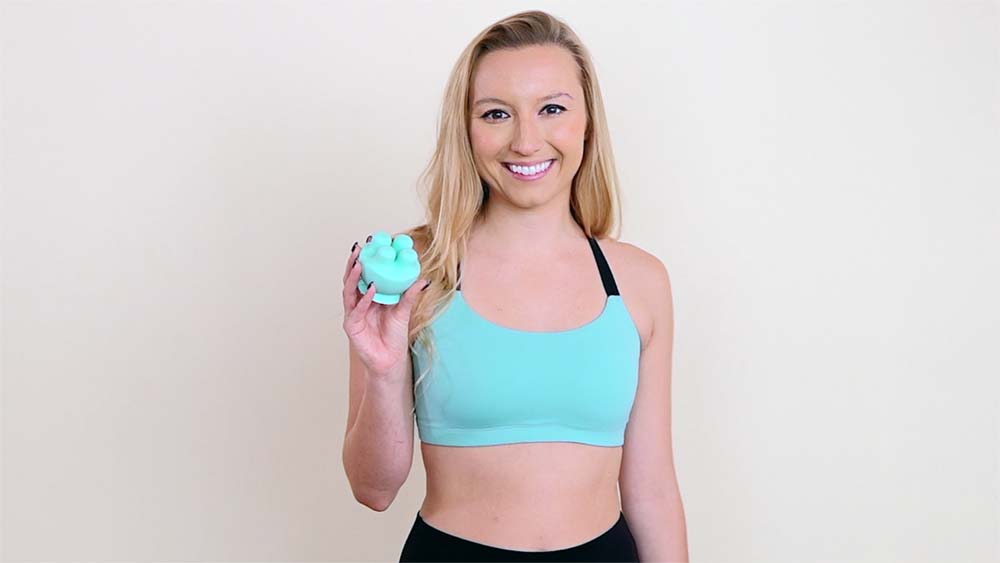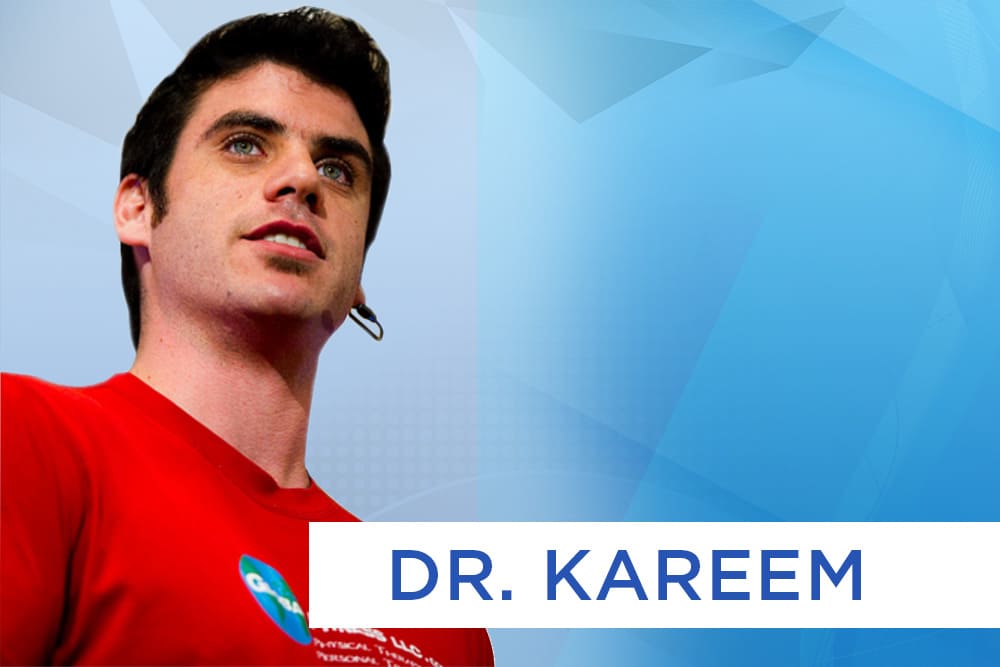14 Day Chronic Disease Challenge
Rheumatoid Arthritis, Fibromyalgia, Lupus, and Other Diagnoses

I hereby challenge you to a better life, a more capable version of yourself, and a renewed sense of self-confidence. You were put on this planet to survive, not slowly wear away and die.
You are here for a reason, and you are inspiring those you love the most, and many you never realize. Your life, as difficult as it may seem, is teaching compassion, love, admiration, inspiration, motivation, and self-sacrifice to your families, friends, and co-workers. You are a hero every day you are positive, affecting others with your love, and you deserve to know that.
Now, let’s get right down to it — there are a lot of questions, suspicions, and conflicting opinions surrounding chronic diseases, especially those mentioned above. Let this blog post serve to open the conversation, allow your doctors to participate in your care, and improve upon the standard of care we have today.
With your doctor’s permission — in the next 14 days — I want you to cut your pain level in half and double your motivation. So, we’re going to need a baseline.

Then, come back in 14 days and comment again, using the same questions, and reply to yourself.
On a scale of 0 to 10, where:
0 = no pain whatsoever
10 = emergency level pain
What is your average pain level in the last 72 hours?
Likewise, on the same scale, where:
0 = no motivation whatsoever
10 = the most motivated I’ve ever felt in my life
What is your average level of motivation in the last 72 hours?
Great, now that we have your baseline, I’m going to talk you through the philosophy of this blog post, and why there ‘should’ be an effect for anyone who is granted permission from his/her doctor.
Let’s assume for a moment that there is actually nothing that can be done with your diagnosis, and the best you can possibly do — according to all doctors and healthcare practitioners, along with your own experience — is slowly get worse. In this case, I’m still challenging you, as the following routine depends solely on other areas and functions of the brain, it’s pain receptors, and nerve tracts that have an effect on them. In fact, we’re going to ‘play’ with your Nervous System, using something I’ve been terming ‘short circuits’ for a long time. These short circuits help override one signal or function of your body with another; effectively, we’re distracting your body and guiding it towards another process that takes higher priority.
Simultaneously, we’re increasing the likelihood your body can cope with a regular and unnecessary amount of inflammation. Your body is becoming inflamed for good reason, but too much, and for too long. We’re going to assume that less inflammation means better healing, more function, and less pain; but, you be the judge 😉
 Three Step 14 Day Chronic Disease Challenge:
Three Step 14 Day Chronic Disease Challenge:
 |
Your brain has the following centers, as they relate to your five senses:
|
Yet, we spend most of our time using our ‘frontal cortex,’ or our ‘higher thought/reasoning’ area of our brains to think about something else — or tune out — when in pain. This represents a fraction of our whole brain, can do very little to ‘trick’ our bodies to not feeling pain, but it can still be effective.
Now, what if you could hone in on other senses, focus on them instead, and stop focusing so much on the sensory area that is bothering you.
Here’s how you would do that:
Allow yourself to focus less on ‘sensation’ (i.e. sensory cortex) and more on areas that are being under-utilized, like your: sight, hearing, touch, and taste.
This will stimulate those areas of your brain, allow them to begin taking over, and to grow in signal strength, while sensory dampens. Now, I’m not suggesting you get up and run a marathon if you’re in pain, in order to get your motor areas working. Instead, you could visualize movement, using your pre-motor cortex, and then do small, subtle, pain-free movements like wiggling your fingers, batting your eyelashes, or making a fist.
This technique serves to target the areas of your brain that are less likely to participate when you’re in pain, and with the intention of ‘distracting’ your sensory area.
 |
Diaphragmatic breathing — or “sniff breaths” that force your belly to come out as you breathe in — are linked directly to your parasympathetic (rest and digest) nervous system. This branch of your ANS (Autonomic Nervous System) is what helps your body perform many of its ‘normal’ functions, outside of functions needed in case of emergency. (that’s the other branch.) As a result, we can use your diaphragm to target your parasympathetic nervous system, and thereby take the strain off of your sympathetic (fight or flight.) As someone in chronic pain, it’s a solid bet that you’re over-stimulated, or your sympathetic nervous system is dominant on a regular basis. An exercise as simple as breathing can shift this focus back to normal and end the repeated cycle of over-stimulation leading towards restless nights, pain increasing, and forced de-oxygenation of peripheral muscles when your diaphragm becomes inactive. You see, unless you take the time to breathe through your pain, you’ll only be reinforcing your body’s belief that along with pain comes excitement, and the need for adrenaline, endorphin release, and emergency status. This isn’t an emergency, it’s your life, and you’re in control. |
 |
Before I even mention the magic spots, please understand that your sensory nerve tracts work like stereo wire. The thicker the stereo wire, the faster and stronger the signal. So, we’re going to use a thicker nerve tract (dorsospinal nerve tracts) to ‘cover up’ the pain signal you are experiencing (from your Anterolateral Spinal Nerve tract.) By using light touch and/or vibration, we will be targeting the stronger, more capable nerve tracts. Meanwhile, we’ll use MLD, or Manual Lymph Drainage, to work on your lymphatic system and get rid of all the swelling you built up. In specific, we’ll do this in 3 areas:
For a review on Manual Lymph Drainage, along with these locations, please see this blog post: How To Get Out Of Pain in 30 Days (on your own) These three locations will serve as your ‘magic spots,’ in that your MLD will both serve to override pain signals, as well as reduce swelling at the same time. This isn’t fancy, and it’s not meant to be. Your body already knows your brain, and your brain already knows your body. Let’s coordinate, to our full capacity. |

In the next 14 days, I want you to practice winning, in your mind’s eye. Picture yourself healthy, at this age, in this body. Imagine a life that feels free, and realize the impact you’re making on others. Just because you’re in pain, it doesn’t mean you should give up, lose life purpose, or sit around and hope something changes.
You are in charge, and you always have been. Make the most of your potential, and love your body and brain; they are wonderful, and so are you.







